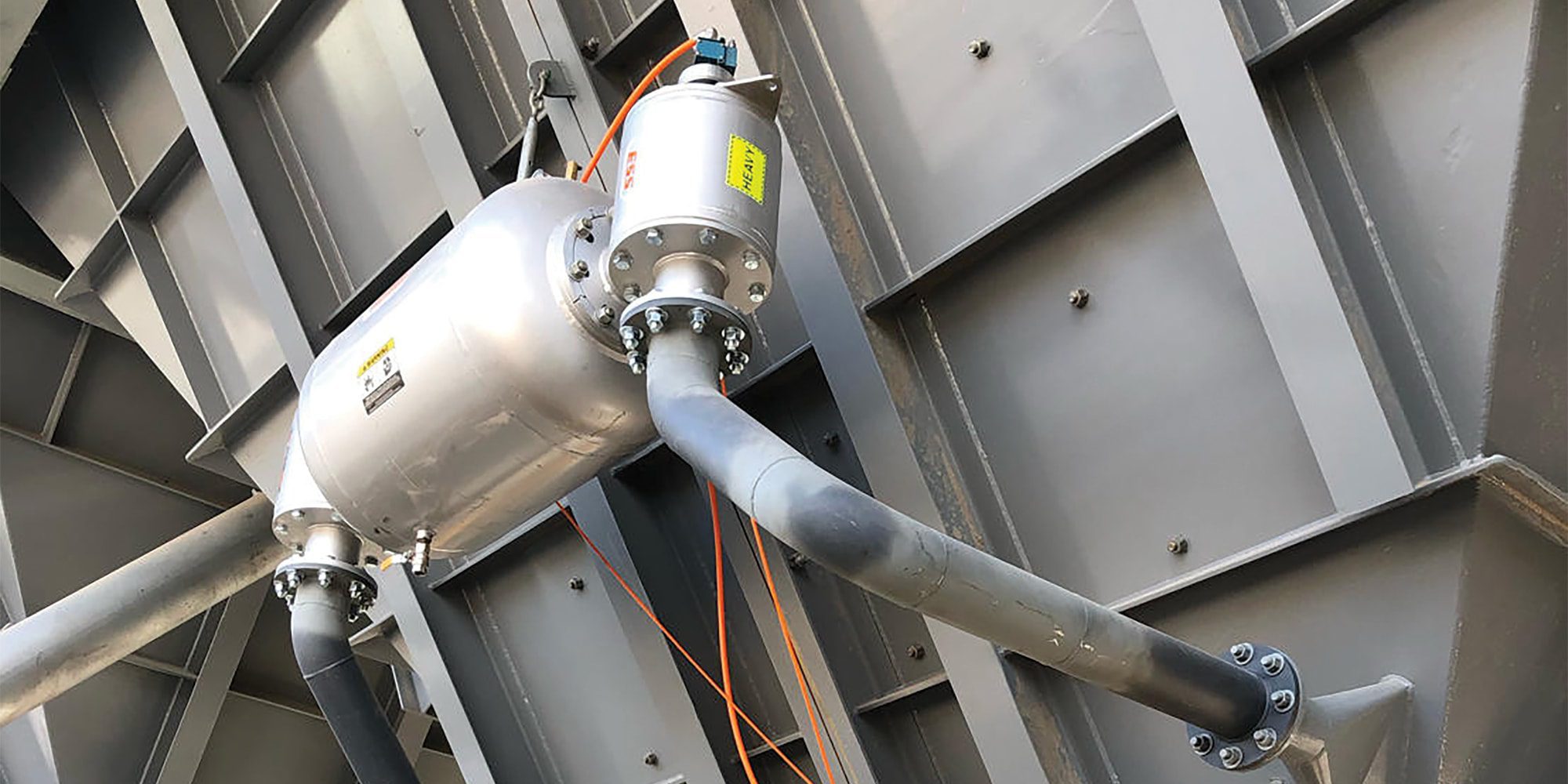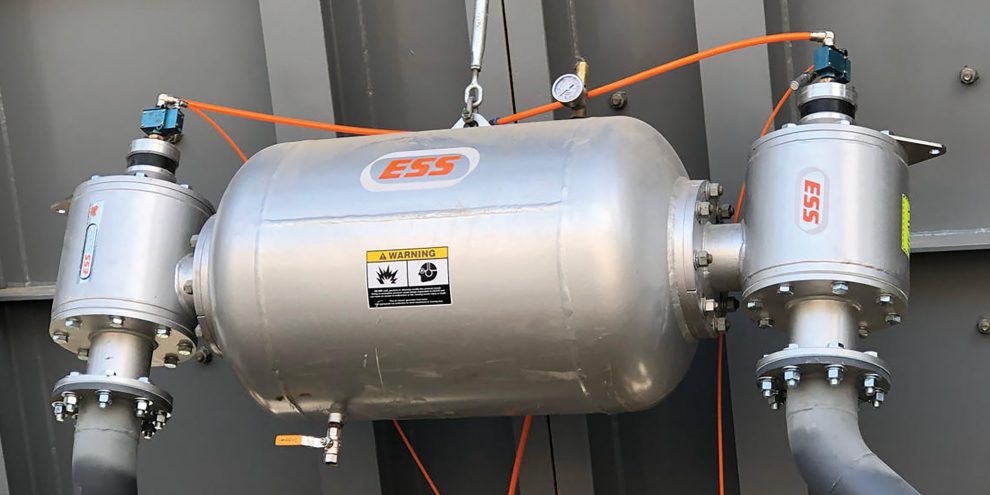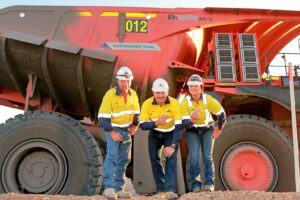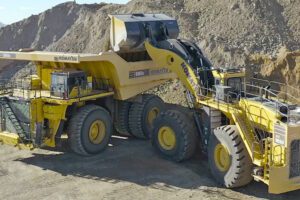The blockage of material in bulk storage systems is a common occurrence. Silo’s, kilns and bunkers can have so much build-up that, it can impedes operations down or even stop bulk material flow altogether. Build-ups can form as bottlenecks, bridges, arches and rat holes. All of these result in reduced flow, storage capacity and dead material.
This material build-up becomes a safety hazard if it requires manual removal. Clearing the blockage from the outside may involve hitting the structure with a hammer, causing both structural damage and presenting a manual handling risk.
In some cases, personnel may have to enter the structure to clear the build-up from the inside. This can pose several severe safety risks, including falls, engulfment, entanglement in machinery, exposure to high temperatures causing heat stress, and inhalation of gases and dust particles. In some instances, the dust in a silo may be explosive, which may limit methods of clearing blockages in bulk storage structures.
The ESS air cannons are a pneumatic bulk material flow aid system that utilises the release of a volume of compressed air. This sudden release of energy is directed through a transition pipe into compacted material in a bulk storage structure, to fracture blockages; restoring material flow and regaining storage capacity.
While the power of air cannons provides a handy way to deal with bulk material blockages, the discharge of highly compressed, high-pressure air stored inside the vessel can cause severe injury or even death if not handled effectively. Dealing with compressed air, in general, is hazardous, even when using smaller air compressors.
ESS Engineering Services & Supplies has built on four decades of experience and designed an air cannon system for bulk material removal that is both safer and more effective than alternative arrangements. The system is available with both internal and external valves in four-inch and six-inch sizes.

Air, which is stored in 40-litre, 70-litre, 150-litre or 250-litre receivers, escapes directly through valves into a discharge pipe to affect the area of influence during dispersal.
ESS Air Cannons are designed to fill just before the Air Cannon is fired. This minimises the time the air cannon is charged, which, in combination with remote administration via a sequence controller that determines fire time interval, ensures workers are not in the immediate vicinity when the tank is pressurised and firing.
“We’ve taken out the biggest part of the risk which is the time the vessel remains charged for,” Hutton says. “For 90 per cent of the time, it lays dormant without charge, whereas traditionally cannons are always charged with air and ready to go.
“In that scenario, it means you’ve got a pressurised vessel in an area where people frequent harbouring potential energy of 500 kilojoules that, if ruptured, could cause a catastrophe.
“With our air cannon system, we have developed a 150 litre cast vessel which effectively has an infinite life in terms of pressure cycles. It’s a more robust vessel than its rivals with no specific statutory inspection requirements as stipulated by AS3788.”
ESS mechanical engineer James Stievenard adds that the air cannon system includes other advances that help make it safer: “Our newly designed valve includes only one moving part with no metal-on-metal contact,” he says.
“We have also engineered out the requirement for fatigue-prone components such as springs that can fail catastrophically.”
ESS is particularly proud of these engineering innovations, which have contributed to a safer design and improved performance.
To find out more about improving conveyor safety and efficiency, contact ESS – Engineering Services & Supplies – on 1800 074 446 and visit www.esseng.com.au.















Add Comment